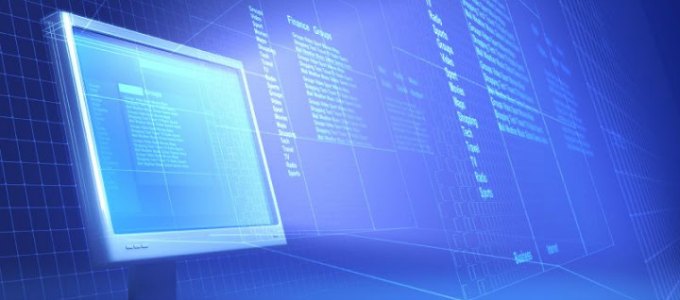
People analytics has the potential to catapult human resources to the top of the business agenda, writes IBM’s Jonathan Ferrar.
by Jonathan Ferrar
October 17, 2014
Think of professions that have existed for centuries — lawyer, accountant, actor — and it becomes clear that all have gone through major transformations to become what they are today.
In comparison, human resources is still quite a young profession that really only emerged in the 1950s. With that in mind, the future of HR is still very much in flux. Right now HR is on the verge of undergoing dramatic changes as technology and advances in data science allow provide the function’s leaders with a new set of powerful tools.
As a result, the classic HR leader profile is poised to become less important as times goes on. But that doesn’t mean HR itself will be less important.
New analytics technology is catalyzing a transformation that will change HR’s function entirely, making it more integral to business goals and strategy than ever before. An IBM Corp. global study of chief human resources officers found that those in outperforming enterprises are already leveraging data analytics for talent management, retention, recruitment and employee engagement.
So how will the entire HR profession follow the lead of these early adopters?
Workforces around the world are already generating a massive amount of data, which is creating large pools of insights into employees. The first major step forward will occur in the next five years when we’ll be able use that information for data-based decision-making to empower HR practitioners to make better decisions faster, which will allow more time to focus on strategic aspects of the business.
Analytic tools will be able to strengthen the link between “people metrics” and business metrics, empowering businesses to definitively demonstrate a correlation between a specific skill set and retention. This focus on human behavior as an indicator will become vital to HR.
Moreover, in the next 10 to 15 years there will be a full spectrum of HR analytics available that will enable organizations to examine how human behavior affects business outcomes. These will include basic business metrics, predictive analytics, cognitive analytics, social analytics and workforce science.
This complete spectrum of analytic tools will preserve the “human” in human resources, allowing leaders to focus on human behavior rather than participating in guesswork. Combined, these insights will provide a more comprehensive view into the health of a workforce and offer enterprises more strategic and actionable business insights than ever before.
This progression spurred by social, big data and analytics and globalization progression will transform the HR function as we know it. There will be a tighter link between HR and the business, and HR will be better able to demonstrate quantifiable value. The function is poised to be less focused on “traditional” HR skills, and professionals will become more business-oriented, analytics-minded and behavior-focused.
Furthermore, data analytics will power the time-consuming tasks of today like recruitment, talent management and process management, which will become the second layer of HR. The HR skills of the future will focus on the awareness of the business challenges.
With these transformations underway, HR will soon have its proper seat at the table — right next to the lawyers and accountants — as a function propelling business for centuries to come.
Jonathan Ferrar is the vice president of Smarter Workforce, the workforce analytics provider unit for IBM Corp. He can be reached at editor@talentmgt.com.



